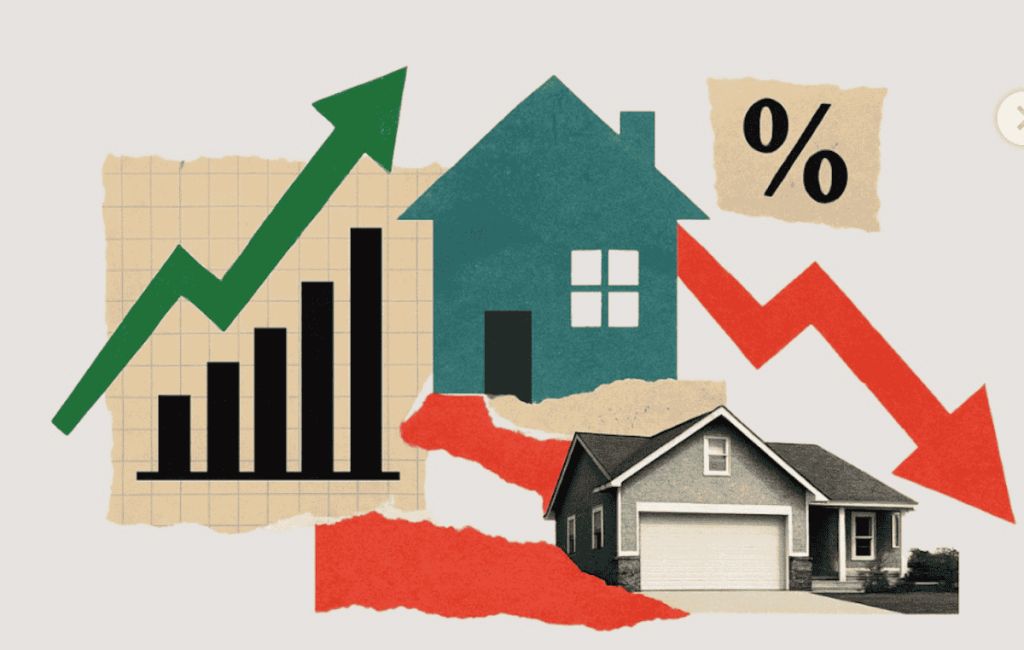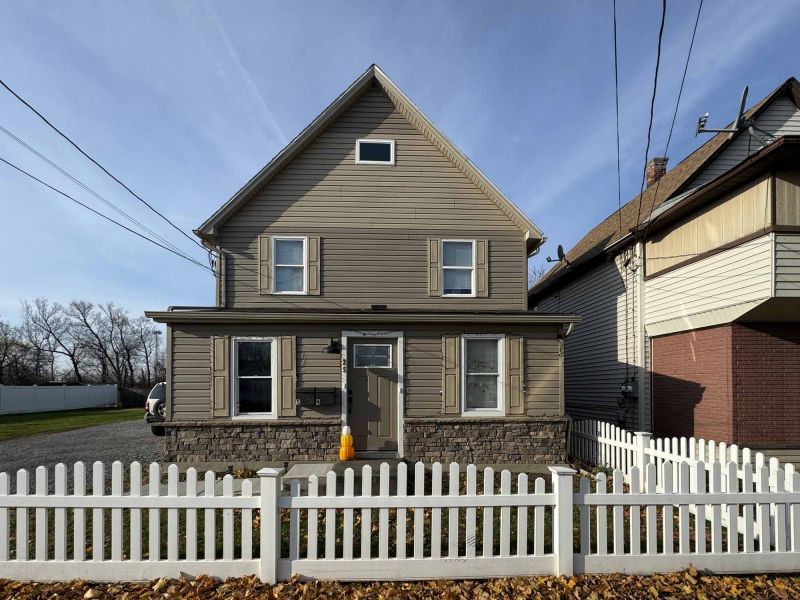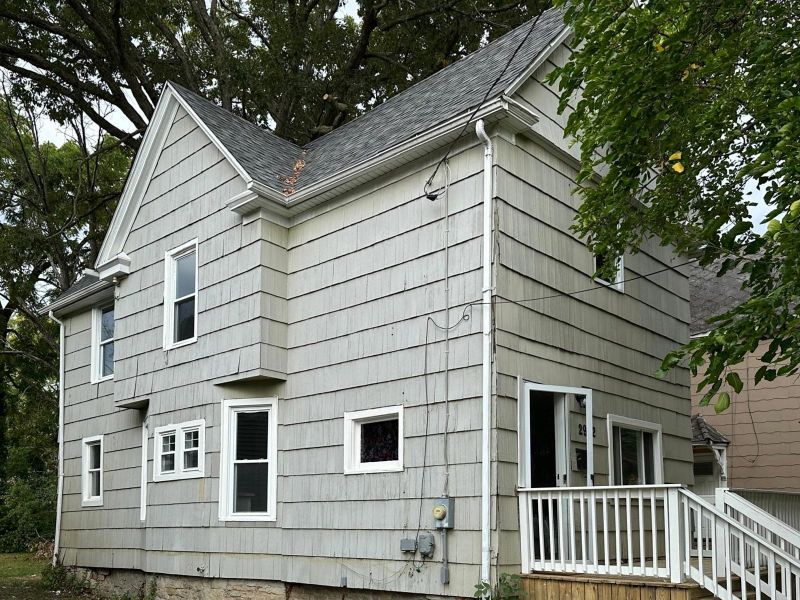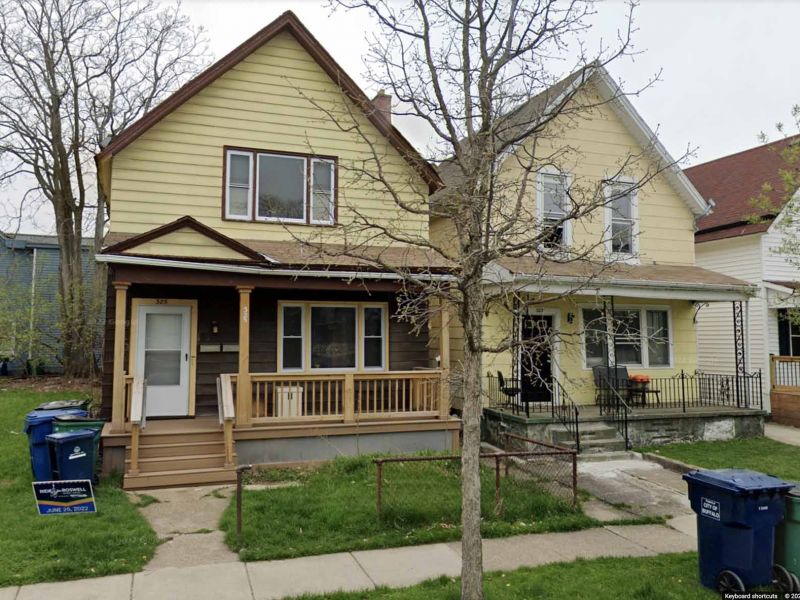
The 50-Year Mortgage: A Cashflow Lifesaver or an Investor’s Albatross?
The Trump administration has tossed a curveball into the real estate ring: the 50-year mortgage. Unveiled just this week with a nod from FHFA Director Sandra Thompson and homebuilder Bill Pulte, this elongated fixed-rate option aims to slash monthly payments and pry open the door to homeownership for the affordability-choked masses. As a cashflow obsessive who’s flipped properties from Glasgow to Kuala Lumpur, I see the ripple effects hitting investors hardest. Will this stretch the dream for renters-turned-owners, boosting vacancy rates and yields? Or is it just another federal sugar pill that leaves landlords holding the bag on ballooning interest and stagnant equity? No crystal ball here, just the cold calculus of cap rates and IRR. Let’s carve it up for the investor crowd—pros that could fatten your portfolio, cons that might thin your margins. Forget the first-time buyer fairy tale; we’re talking rental yields, leverage plays, and exit strategies in a market where median homes top $400k and rates hover like a bad hangover.
The Bull Case: Leverage on Easy Street
If you’re scaling a multifamily or single-family rental empire, this could be the wind at your back. The pitch is simple: extend the amortization to 50 years, drop those monthly hits by 20-30%, and watch qualification thresholds loosen like a well-worn boot. Here’s the investor upside, straight no chaser:
- Amplified Buying Power in a Seller’s Market
Take a $400k investment property in Buffalo or Pittsburgh—hot spots for cashflow hounds. At 6.5% fixed on a 30-year term, you’re staring at $2,500 monthly principal and interest. Stretch to 50 years? That dips to under $2,000, freeing up $500 a month for reserves or that next down payment. More deals close, faster scaling. With FHA or Fannie Mae potentially backing these (details fuzzy, but the FHFA’s whispering sweet nothings), LTVs could hit 97%, letting you leverage like it’s 2006—minus the subprime stench. - Tenant Stability and Yield Protection
Lower barriers mean more renters graduate to owners, right? Wrong—for now. In the short term, this juices demand without immediate supply flood, propping up rents in gateway cities. Your cap rate holds at 7-8% while acquisition costs ease. And that rock-solid fixed rate? In a Fed that’s flip-flopping like a politician at a barbecue, it locks in predictability for 50 years. No remortgage shocks derailing your 1031 exchanges or refi plays. - Portfolio Diversification with a Safety Net
For REITs or syndicators eyeing fix-and-flips, the math sings: slower principal paydown means more interest deductibility early on, juicing tax-deferred growth. If inflation ticks up (and with Trump’s tariff talk, it might), those fixed payments erode in real terms, turning nominal yields into real winners. It’s a hedge against the affordability crunch that’s been throttling new construction.
Bottom line: If you’re in acquisition mode, this could be the nitro boost to deploy dry powder before rates normalize.
The Bear Traps: Debt That Drags Like an Anchor
But let’s not kid ourselves—I’m no Pollyanna. I’ve watched “innovative” lending blow up portfolios all over the world. This 50-year gambit? It’s got more hooks than a fisherman’s vest. Experts are already dubbing it a “band-aid” on the housing hemorrhage, and for investors, the bleed could be internal.
- Interest Overload: The Silent Portfolio Killer
That $400k loan at 6.5%? Over 30 years, interest runs $500k. Double it to 50, and you’re north of $800k—nearly twice the principal. For rentals, where NOI is king, this inflates your DSCR just enough to qualify but erodes long-term returns. Exit in year 20? You’ve barely scratched the principal; equity’s a mirage, hammering your IRR on flips or sales. And with Trump downplaying it as “no big deal,” who’s guaranteeing the secondary market won’t balk? - Equity Drought and Market Volatility
Early years are a wasteland: after a decade, you might own just 5-10% of the asset. Great for holding forever? Sure, if rents rise 3% annually. But a downturn—like the next recession Trump might inherit—traps you in negative equity longer, killing refis or forced sales. Investors thrive on velocity; this slows the wheel, turning nimble portfolios into lumbering dinosaurs. Plus, if it spurs overbuilding (hello, moral hazard), vacancy spikes could gut your Sun Belt cash cows. - Regulatory and Liquidity Wildcards
FHFA’s green light is tentative; implementation could snag on congressional red tape or GSE balance sheet blowback. For cross-border players like us at Abbotsinch, currency swings add spice, but the real zinger is distortion: cheaper entry inflates comps, bidding up your next acquisition 5-10%. And generational wealth? Critics warn it transfers costs to heirs, complicating estate planning for legacy holdings.
In investor parlance: higher leverage, lower velocity. Fine for core holds, folly for opportunistic plays.
The Playbook: Buy the Dip, But Pack a Parachute
Verdict? For the shrewd REIT or rental baron with a 20+ year horizon, this is a qualified thumbs-up—a tool to arbitrage affordability without betting the farm. But if your game’s flips or value-add, steer clear; the math favors shorter terms every time. At Abbotsinch, we stick to cashflow orthodoxy: model worst-case scenarios, stress-test for 8% rates, and diversify beyond borders.Trump’s tossing confetti, but the parade might rain out. Investors, crunch your own numbers—don’t chase the headline.
Policymakers, build more bloody units instead of extending the leash. Thoughts from the trenches?
Hit me at alan@abbotsinchcapital.com. Let’s talk cap rates, not campaign promises. Alan Findlay is Founder of Abbotsinch Capital, specializing in cross-Atlantic cashflow real estate. Views his own, as always.
Get in Touch
-
 Alan Findlay
Alan Findlay


